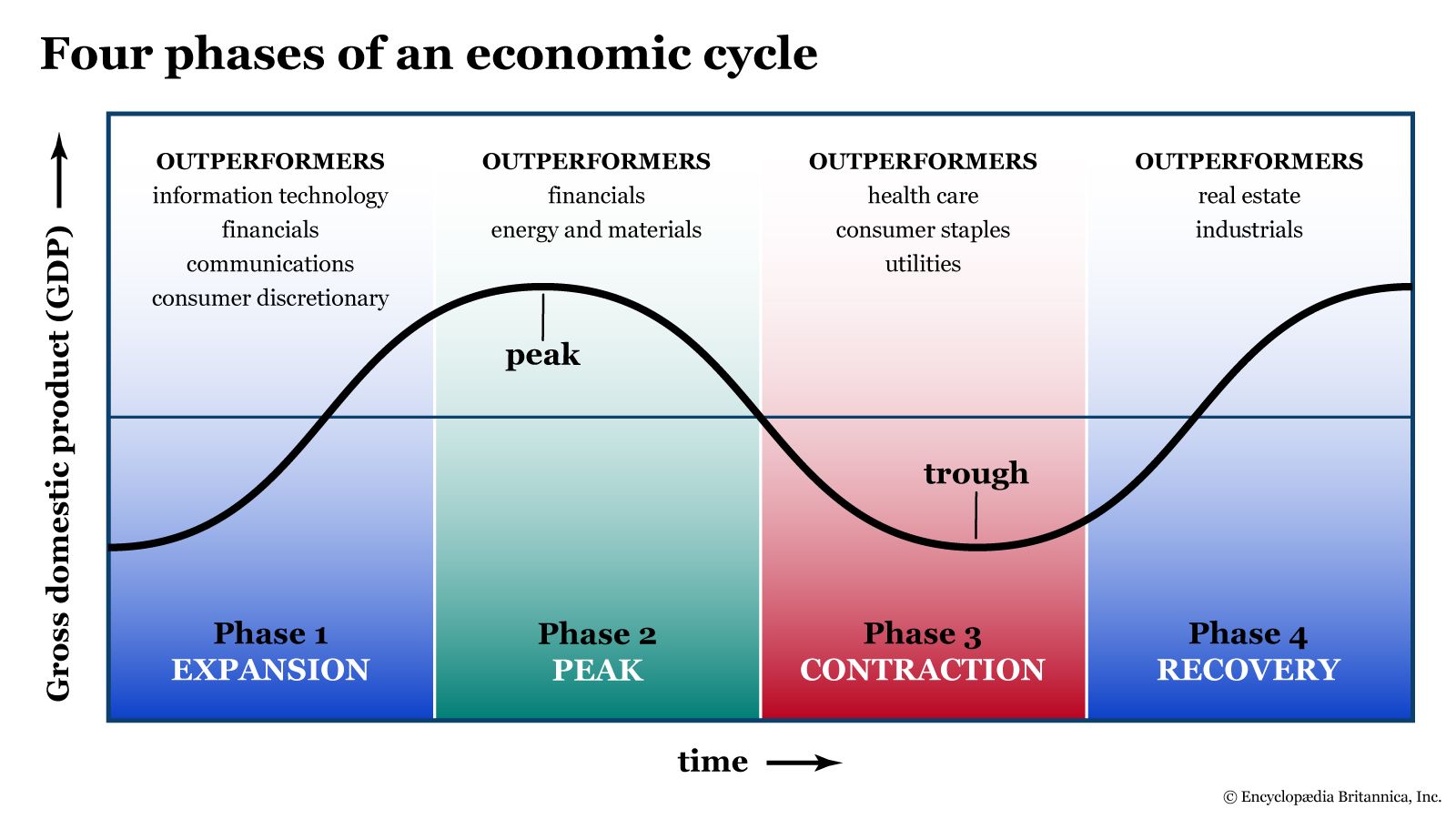Increased Phone Repair Costs: Are Trump Tariffs To Blame?

Table of Contents
The Impact of Tariffs on Smartphone Parts
Tariffs, essentially taxes on imported goods, directly impact the cost of smartphone repairs. When tariffs are imposed on components sourced from overseas, like screens, batteries, and other essential parts, the cost of these components increases, leading to higher repair prices passed on to consumers.
For example, the tariffs imposed on LCD screens imported from China, a major supplier, significantly increased the price of these crucial components. Similarly, tariffs on lithium-ion batteries, another key component often needing replacement, led to further price increases across the repair industry. Even specialized repair tools and equipment, often imported, faced tariff-related price hikes, adding yet another layer of cost to the repair process.
- Increased cost of imported LCD screens from China: Estimates suggest a 15-20% increase in the cost of LCD screens due to tariffs.
- Higher prices for lithium-ion batteries due to tariffs: Battery replacements, already a significant repair cost, have become more expensive due to tariffs on imported materials and manufacturing.
- Impact of tariffs on specialized repair tools and equipment: The cost of micro-soldering stations, screen separators, and other specialized tools used in smartphone repair has also been affected by tariffs.
Alternative sourcing strategies, such as procuring parts from domestic manufacturers or other countries, exist but often face limitations in terms of availability, quality, and cost-effectiveness. This limited supply chain further contributes to elevated repair costs.
Beyond Tariffs: Other Factors Affecting Repair Costs
While tariffs undoubtedly play a role, they are not the sole culprit in the rising cost of smartphone repairs. Several other factors contribute to this escalating expense.
One significant factor is the increased cost of skilled labor. Repairing modern smartphones requires specialized knowledge and technical skills, and the demand for qualified technicians has driven up wages, impacting repair prices. Furthermore, modern smartphone designs often incorporate proprietary components and intricate manufacturing processes, making repairs significantly more complex and time-consuming.
- The shift from easily repairable phones to devices with glued-in components: Many modern phones have components glued in place, requiring specialized tools and techniques to disassemble and repair, increasing labor costs.
- The lack of readily available repair parts in the aftermarket: The limited availability of affordable, third-party repair parts increases reliance on more expensive original manufacturer parts.
- The increasing complexity of smartphone internal components: Miniaturization and sophisticated technology make repairs more challenging and time-consuming, increasing the overall cost.
The rising cost of new phone technology itself also translates into higher repair costs. As phones become more technologically advanced, the components become more expensive to replace.
The Role of Antitrust Concerns in Repair Costs
The smartphone repair industry faces significant antitrust concerns. Manufacturers often exert considerable control over parts and repairs, potentially inflating prices through limited availability of parts and repair guides. This control restricts competition, keeping repair costs artificially high.
The "right-to-repair" movement is gaining momentum, advocating for legislation that would require manufacturers to make repair information and parts readily available to independent repair shops. This increased competition could potentially lower repair costs. However, manufacturers often resist these efforts, citing concerns about intellectual property and product safety.
- Right-to-repair movements and their impact: These movements aim to create a more competitive repair market by fostering easier access to parts and repair information.
- The influence of manufacturers on independent repair shops: Manufacturers may influence pricing and parts availability through contracts and exclusive agreements with authorized repair centers.
- The availability and cost of genuine vs. third-party parts: Genuine parts are often significantly more expensive than third-party alternatives, further influencing repair costs.
Consumer Impact and Mitigation Strategies
The increased cost of phone repairs significantly impacts consumers. Many individuals are forced to pay exorbitant fees or replace their phones altogether, leading to increased financial burden and premature device obsolescence. However, consumers can mitigate these costs through several strategies.
- Purchasing extended warranties or insurance plans: These plans can help cover a portion of the repair costs.
- Exploring cheaper repair options (third-party repair shops): Independent repair shops often offer lower prices compared to authorized service centers.
- Practicing preventative maintenance to extend phone lifespan: Using protective cases, screen protectors, and avoiding harsh environments can help prevent damage and reduce the need for repairs.
Tips for finding affordable repair shops include comparing quotes, checking online reviews, and seeking recommendations from friends and family.
- Tips for finding affordable repair shops: Online reviews and price comparisons can help you find cost-effective repair options.
- The importance of comparing repair quotes: Obtain quotes from multiple repair shops before committing to a repair.
- Strategies for protecting your phone from damage: Using a protective case and screen protector can significantly reduce the risk of damage and the need for repairs.
Conclusion: Understanding Increased Phone Repair Costs and Moving Forward
Increased phone repair costs are a complex issue, with tariffs representing a significant, but not singular, contributing factor. The interplay of tariffs, labor costs, proprietary designs, and antitrust concerns all influence the price consumers pay for repairs. Understanding these factors is crucial for making informed decisions about phone ownership and repair.
Stay informed about the ongoing debate around increased phone repair costs and the influence of tariffs and other economic factors. Make informed choices when choosing your next smartphone, considering the potential long-term repair costs. Advocate for fair repair practices and support initiatives that promote competition in the smartphone repair market. By understanding the complexities surrounding phone repair expenses, you can better protect your financial well-being and the lifespan of your valuable device.

Featured Posts
-
 Xiaomi Trottinettes Electriques 5 5 Pro Et 5 Max Comparatif Complet
May 17, 2025
Xiaomi Trottinettes Electriques 5 5 Pro Et 5 Max Comparatif Complet
May 17, 2025 -
 Ai Powered Podcast Creation From Repetitive Scatological Data To Engaging Content
May 17, 2025
Ai Powered Podcast Creation From Repetitive Scatological Data To Engaging Content
May 17, 2025 -
 Players Express Disappointment With Latest Fortnite Shop Update
May 17, 2025
Players Express Disappointment With Latest Fortnite Shop Update
May 17, 2025 -
 First Look Ralph Laurens Fall 2025 Riser Collection
May 17, 2025
First Look Ralph Laurens Fall 2025 Riser Collection
May 17, 2025 -
 Japans Economic Slowdown A Q1 Review Before Trumps Tariffs
May 17, 2025
Japans Economic Slowdown A Q1 Review Before Trumps Tariffs
May 17, 2025
